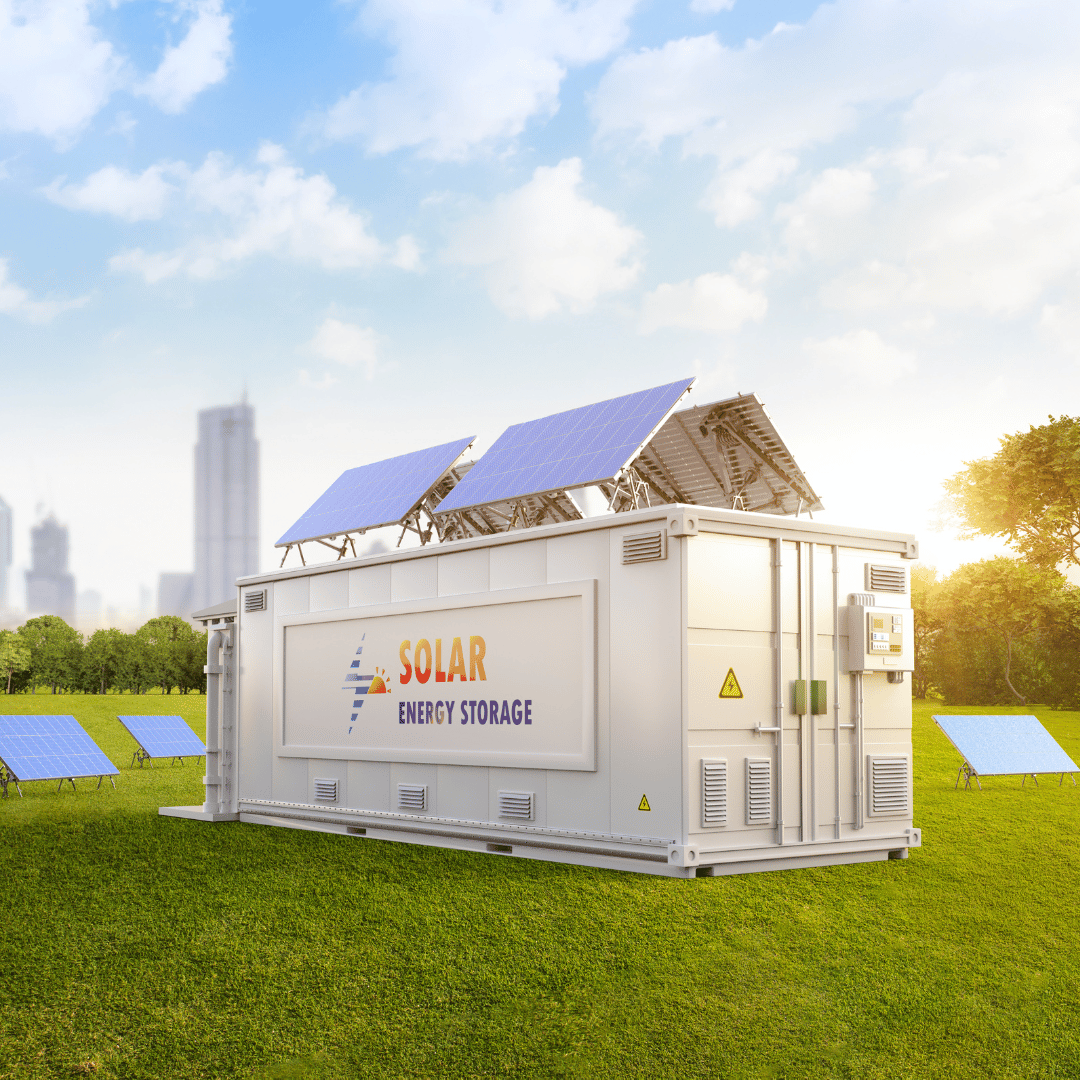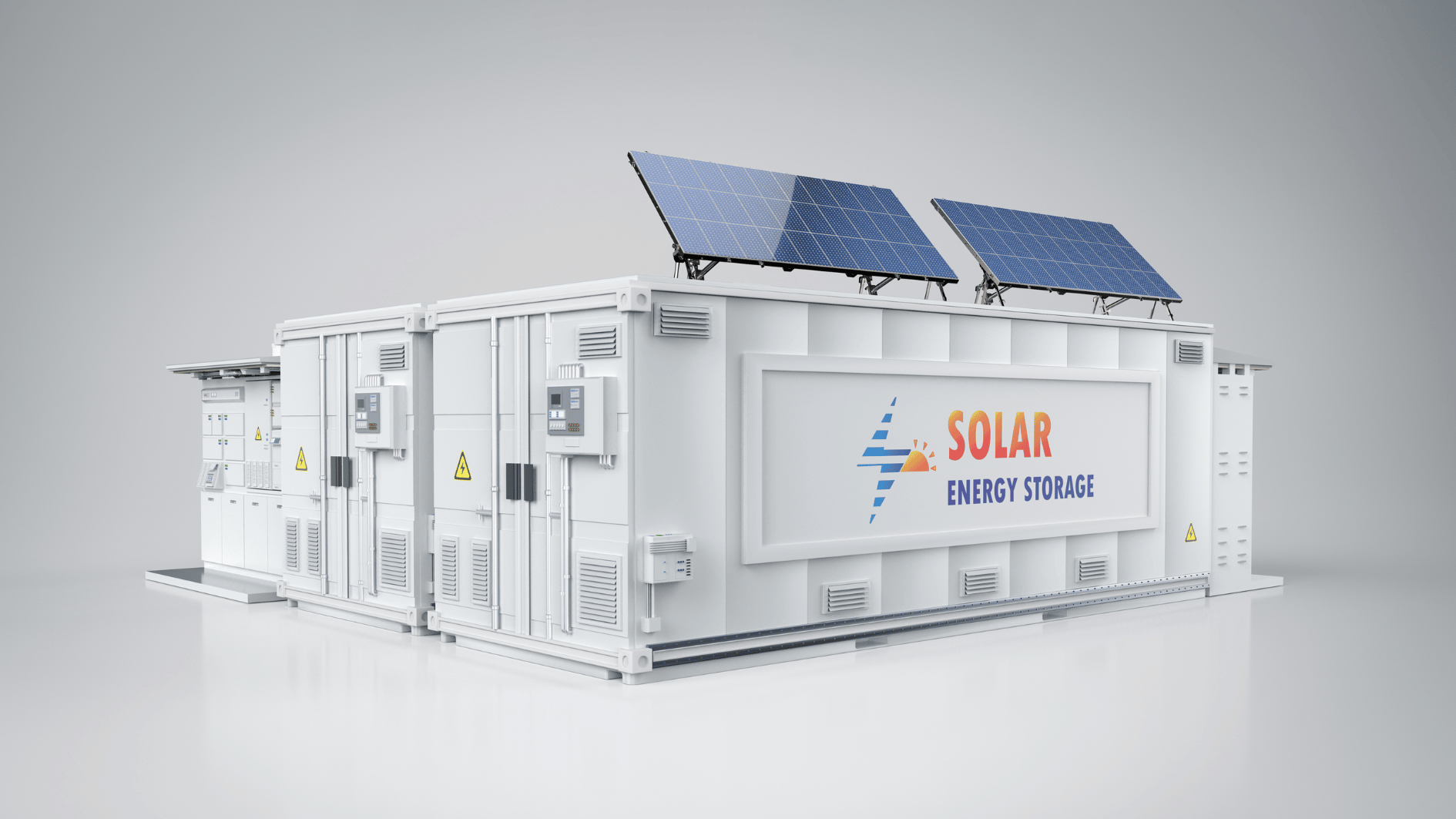Image source: Canva.com
Solar energy has rapidly gained popularity as a renewable energy source, offering homeowners and businesses a way to reduce electricity costs and their carbon footprint. However, the intermittency of solar power – its reliance on sunlight – has long been a limitation. Solar-plus-storage, the integration of solar panels with battery storage systems, has emerged as a solution, enabling the capture and use of solar energy even when the sun isn’t shining. This article explores the key aspects of solar-plus-storage, including its benefits, how it works, and the factors to consider before investing in such a system.
Understanding Solar-Plus-Storage
Solar-plus-storage refers to the combination of solar photovoltaic (PV) panels with energy storage systems, typically batteries. In a standard solar energy system, the electricity generated by solar panels is used immediately, with any excess energy being sent back to the grid or lost. When a battery storage system is added, excess solar energy can be stored for later use, providing power during periods of low solar generation, such as at night or during cloudy weather.
How Solar-Plus-Storage Works

Energy Generation
Solar panels convert sunlight into direct current (DC) electricity.
Inverter Conversion
The DC electricity is converted into alternating current (AC) electricity by an inverter for use in homes and businesses.
Energy Storage
Excess energy not immediately used is stored in a battery system. Advanced battery management systems regulate the charging and discharging of the batteries to optimize efficiency and lifespan.
Energy Use
Stored energy can be used when solar panels are not generating electricity, such as during nighttime or peak demand periods when grid electricity prices are higher.
Grid Interaction
If the battery storage is full, additional excess energy can be sent back to the grid, often earning the system owner credits through net metering programs.
Benefits of Solar-Plus-Storage
Energy Independence
Solar-plus-storage systems offer greater energy independence by reducing reliance on the grid. This is particularly beneficial in areas prone to power outages or where the grid is less reliable.
Cost Savings
By storing solar energy, homeowners can avoid buying electricity from the grid during peak hours when rates are higher. This can result in significant savings on electricity bills, especially in regions with time-of-use (TOU) rate structures.
Enhanced Grid Stability
On a larger scale, solar-plus-storage can contribute to grid stability by smoothing out the supply and demand of electricity. Stored energy can be dispatched to the grid during peak times, reducing strain on the grid and potentially preventing blackouts.
Environmental Impact
By maximizing the use of renewable energy and reducing reliance on fossil fuels, solar-plus-storage systems contribute to a reduction in greenhouse gas emissions.
Key Considerations
System Size and Design
The size of a solar-plus-storage system depends on various factors, including the household’s energy consumption, solar panel capacity, and the desired level of energy independence. Professional assessment is crucial to design an efficient system.
Battery Type
The most common types of batteries used in solar-plus-storage systems are lithium-ion and lead-acid. Lithium-ion batteries are more expensive but offer a longer lifespan, higher efficiency, and better energy density. Lead-acid batteries are more affordable but have a shorter lifespan and lower efficiency.
Costs and Incentives
While the upfront cost of a solar-plus-storage system can be significant, various incentives and financing options can help offset these costs. The federal solar tax credit (ITC) is one such incentive that can reduce the overall cost of the system. Additionally, some states and local governments offer rebates, grants, or low-interest loans for solar-plus-storage installations.
Return on Investment (ROI)
The ROI of a solar-plus-storage system depends on several factors, including local electricity rates, available incentives, and the system’s size. In regions with high electricity rates and strong incentives, the payback period for a solar-plus-storage system can be relatively short.
Regulatory Environment
The viability of solar-plus-storage systems is also influenced by the local regulatory environment, particularly net metering policies. In some areas, changes to net metering rules may impact the financial benefits of solar-plus-storage.
The Future of Solar-Plus-Storage
As battery technology continues to advance and costs decline, solar-plus-storage is expected to become increasingly mainstream. The integration of smart grid technology and energy management systems will further enhance the efficiency and effectiveness of these systems, making them a critical component of a sustainable energy future.
In conclusion, solar-plus-storage represents a significant leap forward in the pursuit of energy independence, cost savings, and environmental stewardship. By understanding the benefits and considerations involved, homeowners and businesses can make informed decisions about whether this innovative technology is the right fit for their energy needs.





